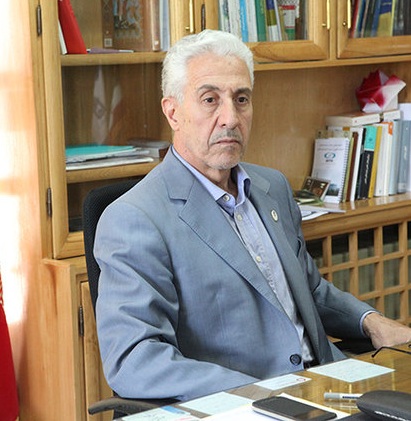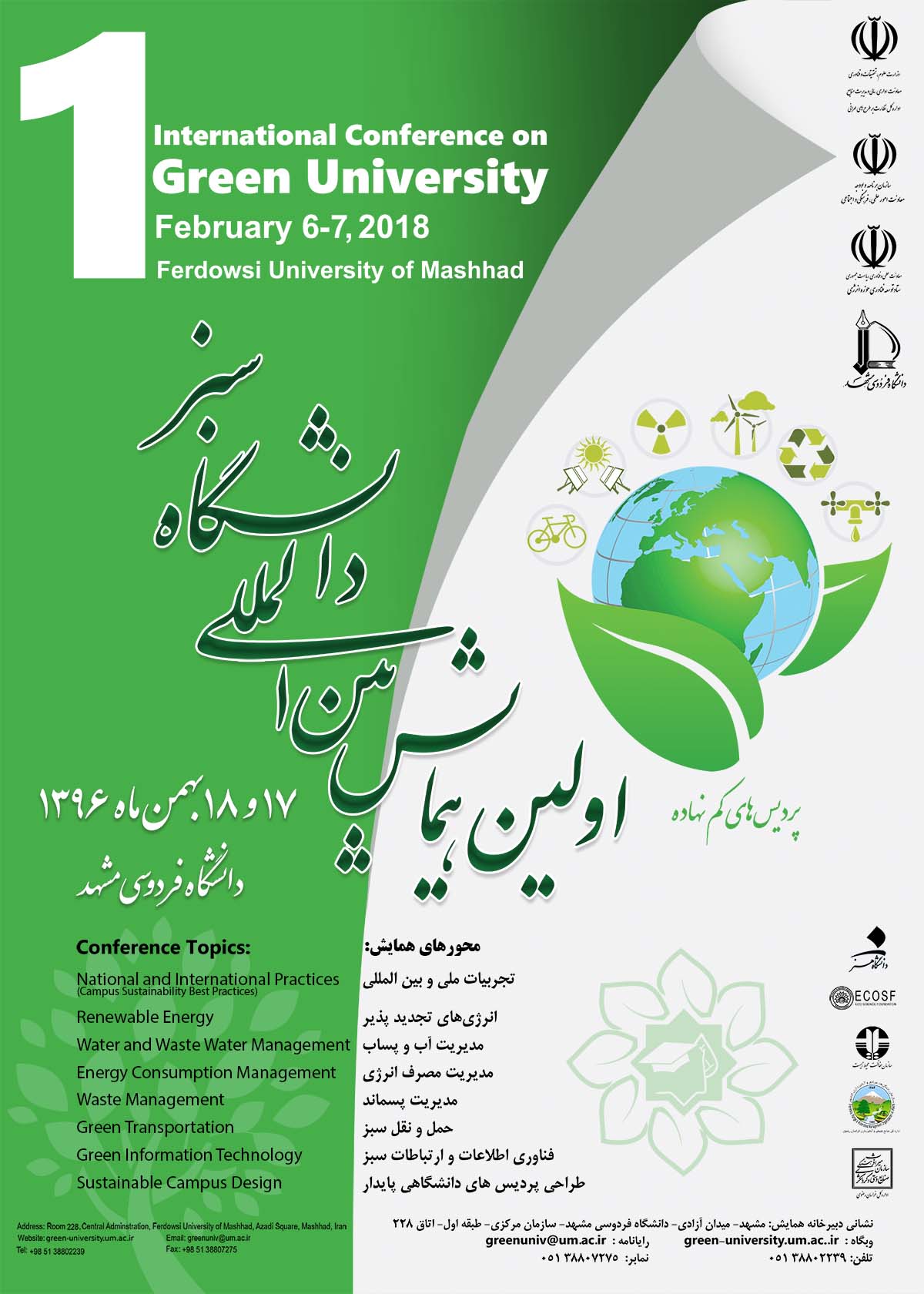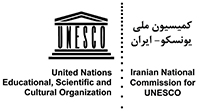What are ‘green’ universities doing to become more sustainable?
Many universities are recognizing these demands, and are investing in greener buildings, greener practices and products, and ways of engaging staff and students. Below are just a handful of examples of green university initiatives:
• Sustainable building design
The University of Texas at Dallas, US, has won multiple awards for its student services building (pictured), which is designed to stay naturally cool and light, cutting down on energy used for air conditioning and lighting.
• Renewable energy
The ‘Green Lighthouse’ building at the University of Copenhagen, Denmark, generates its own energy from solar cells and panels, storing excess energy underground. Meanwhile Green Mountain College in Vermont, US, is participating in a local ‘cow power’ scheme. This delivers energy generated by burning methane from, you guessed it, cow dung.
• Water bottle re-use
At some campuses the installation of ‘hydration stations’ – basically taps in the wall – makes it easy to refill and re-use water bottles. The idea is to cut down on packaging waste and carbon emissions from transportation. In some cases the sale of bottled water is actually banned on campus.
• Locally produced food
Canada’s University of Northern British Columbia has taken its support of local food producers to a new level by hosting a weekly farmers’ market on campus. Others, such as the University of Canterbury, New Zealand, have on-site community gardens where students can grow their own organic produce.
• Waste disposal
The University of Lausanne, Switzerland, disposes of food waste by sending it to a nearby farm, where it is used to produce organic fertilizers and also biogas fuel, generating heat and electricity for the farm and neighbouring community. At the University of Peru, paper waste is sold to a recycling company, with the proceeds providing scholarships for students from low-income backgrounds.
• Green transport
Many campuses operate cycle hire or loan schemes. At Duke University in the US, for example, students can borrow bikes free of charge, using their student cards, and also bring in their own bikes for free repairs. At the University of Oslo, Norway, staff and students can use recharging stations for electric cars without charge, to promote this greener mode of travel.
• Awareness-raising events
P&P says 65% of UK universities now hold some kind of Environment or ‘Go Green’ week. Inter-university collaborations and competitions are also growing in popularity; in North America, universities compete in challenges such as ‘RecycleMania’ and ‘Do it in the Dark’, to recycle the most or save the most energy in a set period of time.
Written by Laura Bridgestock
The former editor of TopUniversities.com, Laura oversees the site's editorial content and student forums. She also edits the QS Top Grad School Guide and contributes to market research reports including How Do Students Use Rankings?
Written by Laura Bridgestock
The former editor of TopUniversities.com, Laura oversees the site's editorial content and student forums. She also edits the QS Top Grad School Guide and contributes to market research reports including How Do Students Use Rankings?
- Category: Articles
- Written by Hamed Bidel
- Hits: 1500














